YOGA TAICHI 91
Alliance harmonieuse du Taichi chuan , du Qiqong , Yoga et de la Méditation
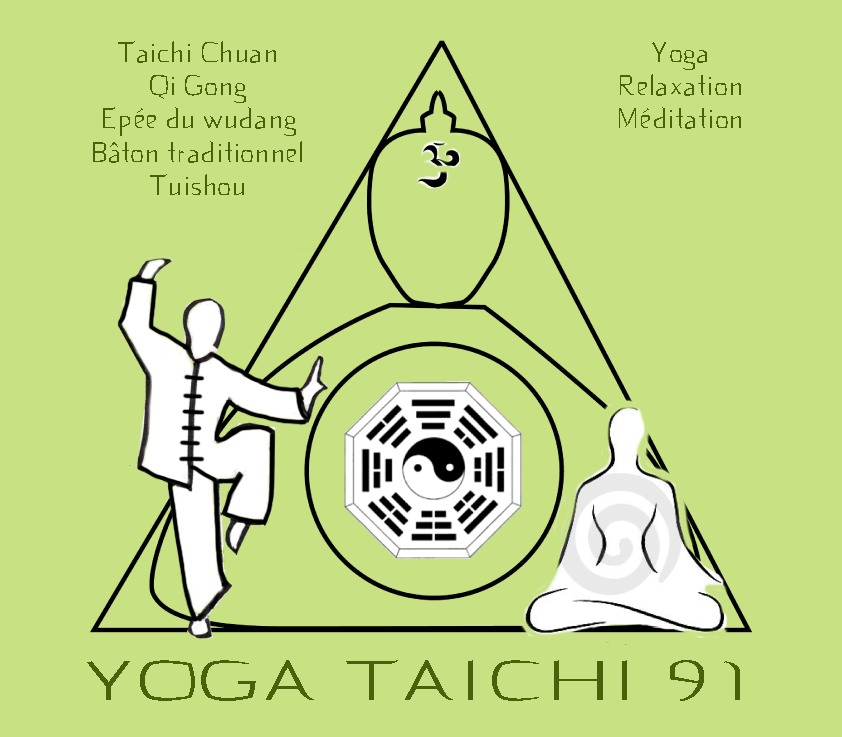
YOGA TAICHI 91
Christian RASOTTO
1 Bd de BRETAGNE
91160 LONGJUMEAU
06 17 08 68 09
01 69 09 42 67
shanti91160@gmail.com
CHEN FORM Di yi lu - 1st taolu (en 74 mouvements)
The school CHEN is widespread and well established in Europe and has inspired many other styles.
Chen was born in the Ming Dynasty (1368-1644).
Master Wang Xi An (19th generation: Custodian of style) has sent this form to Mrs Ai Jun Zhang.
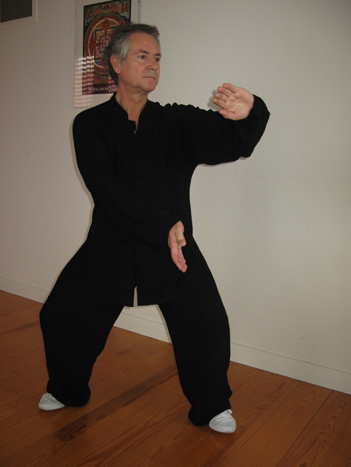
Origins
It should be noted that the term Taiji (Supreme fact) is at the heart of the foundations of Chinese thought.
The founder is generally recognized Wangting Chen (1600 - 1680), belonging to the ninth generation of the Chen family from Bu.He lived in the middle of the seventeenth century in the village of Chenjiagou (Wenxian District, Henan Province in China), where we find the first traces of its historical existence in the annals written.(An original, this one more mythical, traces its inception in the twelfth or fifteenth century Taoist hermit Zhang Sangfen.) The style name is borrowed from the Chen family.
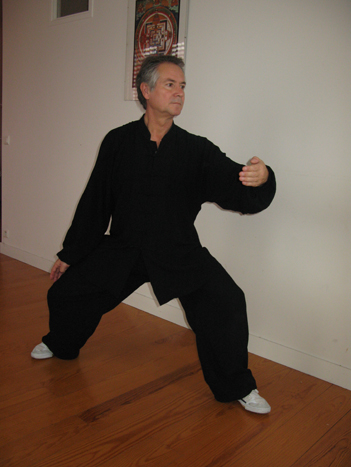
It considers that the Chen style is the origin of Tai Chi Yang Style.The Wu style tai chi is a descendant of Yang and Sun style tai chi is a descendant of Yang and Chen.
According to Chinese historians, both techniques kungfu schools several times and techniques of health (Tuna, work of breathing and Daoyin art of long life, whose historical origins are certified for their part from the fifth century BC.J.-C.) Have been met during the creation of Taiji Quan.
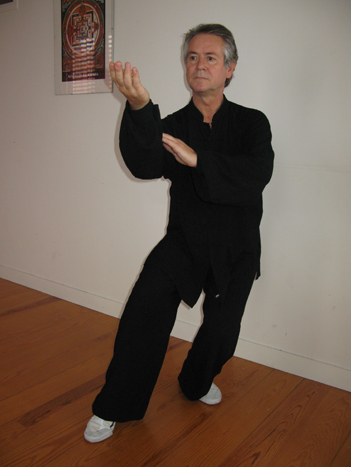
It is interesting to note that the similarities in the sequences of Taiji Quan with the original Shaolin kungfu easily explained by geographical proximity (two days' walk) from the village of Chenjiagou and the Shaolin Monastery.For five generations, the Taiji Quan has been forwarded to members of the village and its technical Chenjiagou jealously guarded within the clan.
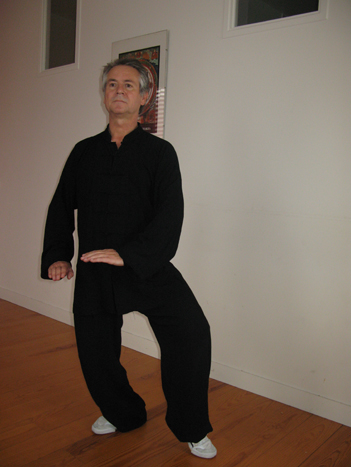 The practice of Chen style is mainly based on the work of two Taolu (sequences) with bare hands
The practice of Chen style is mainly based on the work of two Taolu (sequences) with bare hands
Di yi lu - 1er enchaînement (en 74 mouvements)
first reading - second series (or pao chui - fists guns)
There are two version of Di yi lu:
Lao Jia (old shape)
jia xin (new form) created by Chen Fake.
The sequence consists of the same movements and gestures are very similar, but use (martial applications) movement is often very different.
There are also many forms of synthesis generally designed for competition or as an educational component (created by some contemporary masters like Wang Xian, Chen Zheng Lei, Chen Xiao Wang…).
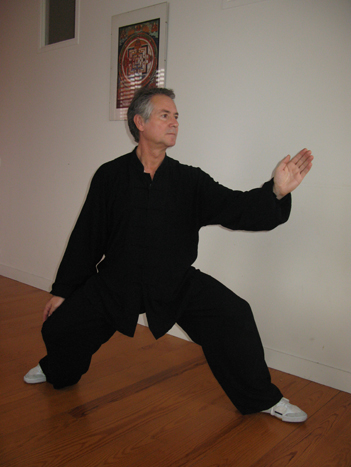
Nevertheless, the study of the first 15 movements of Di yi lu is the basis of work.Found only in these first 15 movements and changes all the principles (directions) that are available in the following form.They also say that the first movement (The Heavenly Guardian mortar battery) is the basis of the base, and it is imperative for good growth, to execute properly before proceeding.
Traditionally, it was only after much mastered Di yi read that you can start learning from pushing hands and weapons (sword, sword, long spear, stick, spear…), And Er read pao chui.The second sequence is characteristic of Chen style (there is no equivalent in other styles).This is a work of explosive ', which shows clearly the origin and work martial.
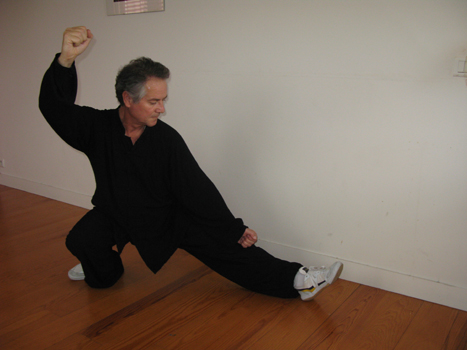
The difference between the two chains with his bare hands shortly be summarized as follows:
Di yi to read it: the body that takes the hand
Er to read it: the hand that takes the body
This means that the study of the first sequence is listening (intent) carried inward (proprioceptive work), while the second sequence is made to carry the intention out (the martial application).
It also describes the third taolu Tuishou because it is also a sequence coded at several levels, which can work alone.The Tuishou is a job step which should lead to martial practice of Sanshou (free fighting)
Contemporary masters [edit]
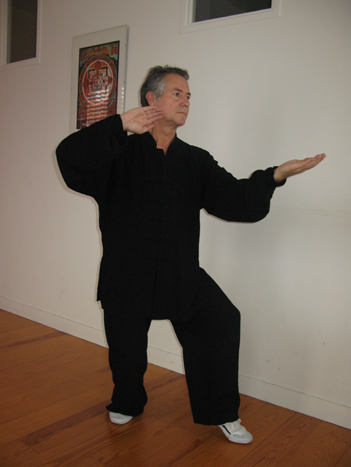
If Taiji quan is initially remained within the Chen family (traditionally taught only to the eldest son, and beautiful girl), it spread from 1928, when Chen Fa Ke began teaching at Beijing.



